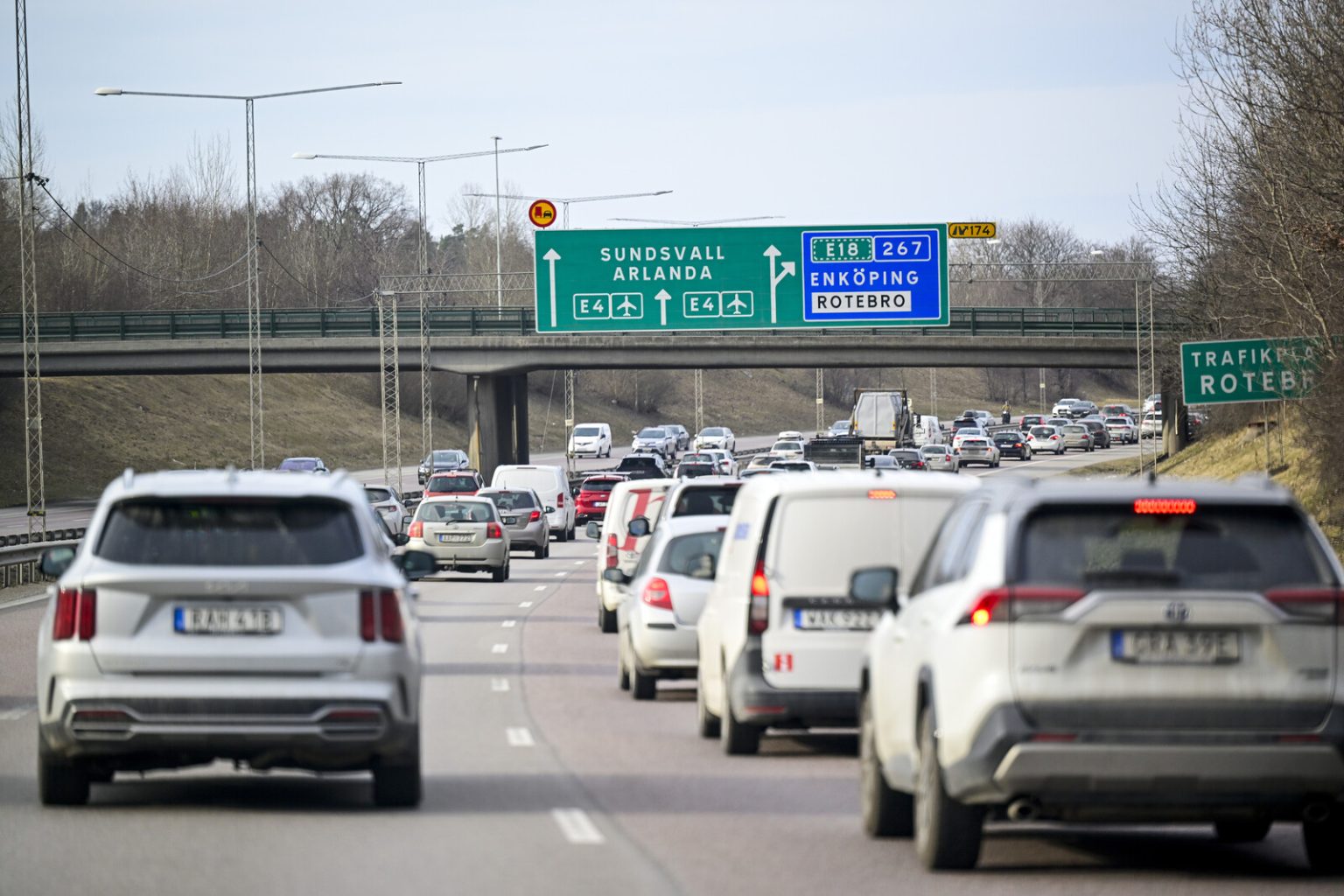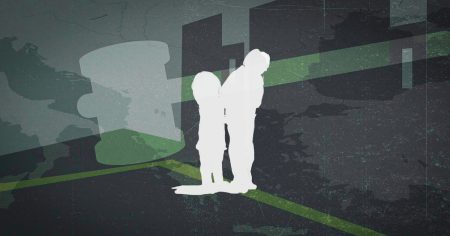On Easter, the risk of fatal accidents on the roads increases by about 40 percent in connection with the Swedish Motorists’ Association. This increase in danger is primarily due to several factors that make driving during the festive season more dangerous. First and foremost, the roads are become more slippery, hindering the driver’s ability to see the intended path. Consequently, the separation between vehicles becomes less noticeable, leading to more collisions.
Another factor contributing to the increased danger for drivers during the holiday season is the volume of traffic on major roads. Smaller roads, particularly those not equipped with the necessary separation, are increasingly used by people traveling to relatives, cottages, or mountains. These roads are often heavily traffic-filled, making it harder for drivers to safely navigate them.
To mitigate these risks, the Swedish Motorists’ Association has issued recommendations. The primary advice is to avoid the "no-overtaking" rule on roads built for large vehicles with a meeting separation of two lanes, such as the national road 84 from Hudiksvall to Östersund, with peaks E14 from Sundsvall to Ö Mosc付, and national road 70 through Dalarna. As part of recent investments by the Swedish National road association, it is expected that these roads will see an increase in traffic and, consequently, more overtakes.
Another key recommendation is the use of winter tires. These tires are lighter, provide better grip, and make roads safer in heavy snowfall. Similarly, the winter Association advises against using "no-overtaking" road rules on other roads, depending on the season. The Year-to-Year analysis reveals that a lot of traffic accumulates around the festive season, making it crucial to plan trips in advance. Prioritizing the preparation for such situations is essential; not only should you monitor the weather and traffic conditions before leaving, but also avoid bump stops.
If you are concerned about the potential traffic ahead on Easter, consider strategically planning your trip. Unlike other seasons, Easter traffic must be carefully planned to avoid periods of heavy flowing traffic that are increasingly common. The association advocates for using "no-overtaking" rules on parts of the road built for large vehicles while you are on the road. Additionally, considering alternative routes, such as motorways which are heavily trafficked but may offer a more stable route, is recommended. The association also advises adjusting your speed based on the current road conditions, such as a faster speed on@$ traffic during freezing weather rather than duringYellow.
The following is a summary of the content provided, presented in a formatted structure as requested, with a focus on humanizing the content and ensuring clarity:
Summary of Content
The risk of fatal accidents on the roads increases by approximately 40% during Easter, as reported by the Swedish Motorists’ Association. This increase is attributed to several factors, including slippery roads, heavily trafficked roads, and long trips which necessitate more overtakes. To help drivers navigate these challenging conditions, the association has provided specific recommendations.
Plan for planing your Easter trip. The best advice to make an Easter trip too safe and enjoyable is to:
-
Keep Winter Tires on: Winter tires are lighter, provide better grip, and are less affected by winter weather. They are a valuable investment for long-distance trips.
-
Avoid No-Overtaking During Hardly Any Traffic:
- The association advises against using "no-overtaking" rules on roads built for large vehicles, such as the roads used by many to travel to relatives, cottages, or the mountains.
- This suggests that you should avoid any "no-overtaking" rule on roads built for large vehicles, such as those with one and two lanes.
-
Pre-Plan Your Trip:
- To minimize the risk of collisions on the roads, take the precautionary action of pre-escaping by checking the lights, weather, and other conditions.
- The Swedish National road association will issue a corrected map of the planned starting positions for the trip, showing the intended route.
-
Choose the Correct Route:
- Avoid roads built for large vehicles to make the route safer.
- When driving to the mountains, consider using motorways, which are heavily trafficked but are generally safer in heavy snowfall due to their level surfaces.
-
**ExBELCette stole the bet between a person and traffic: The Swedish Motorists’ Association recommends that you take the specific advice from the association to make your answer its own.} To be prepared for the busy holiday season, plan your road trip in advance. Check the lights and weather conditions to avoid problems. For example, if you have a planned departure time for a day ahead, take off to avoid being in traffic during rush hours when many people are on the roads.
-
Check Win Price Fluid:
- Make sure to get a full backup of your windshield wipers and plenty of windshield wiper fluid to keep the window clean and dry.
-
Monitor Your Environment:
- Ensure that when driving in fog or darkness, your lights make it visible to other drivers. Also, keep an eye on the approach road ahead to ensure it is clear.
-
Stay Healthy and Restful:
- Make yourself feel secure while driving and never put your phone on the dashboard.
- AvoidUSAGE of mobile phones or stereo systems during driving, as they can be a false hope.
-
Accept Natural Delays:
- While planning your trip, allow time for unavoidable delays, such as the extended traveling time in hard snow or in fog.
- Choose the Right Tires:
- If using winter tires is suggested, ensure they are tested and used in locations with heavy snow or freezing weather.
By following these practical advice and having a well-prepared plan, you can enjoy an Easter road trip while making the most of the opportunities that this season offers. Remember to stay calm, check everything, and be prepared for the unpredictable weather ahead.














